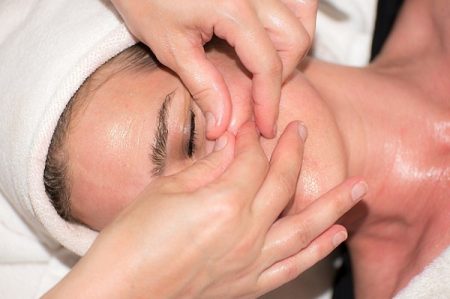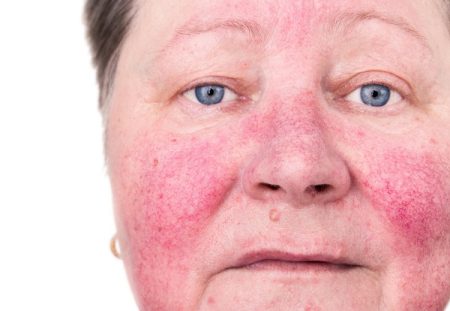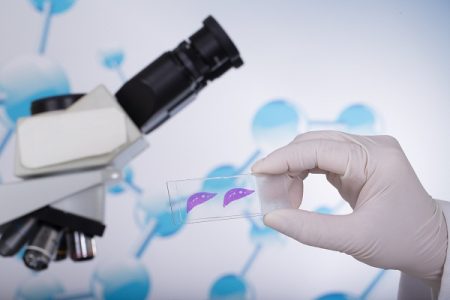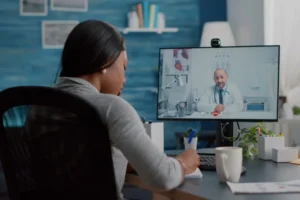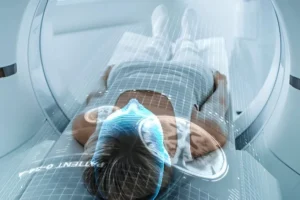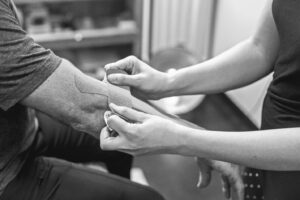What is Rosacea?
- Updated on: Jul 8, 2024
- 2 min Read
- Published on Apr 19, 2021
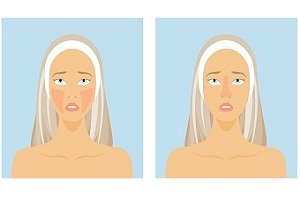
Overview of Rosacea
Rosacea is a common and long-term skin condition that affects the face of a person. It causes redness and visible blood vessels mostly in your face.
The disease causes small, red bumps on the skin filled with pus that appear generally during flare-ups. Rosacea affects the skin of your nose, cheeks, and forehead only. Other body portions are not affected by it.
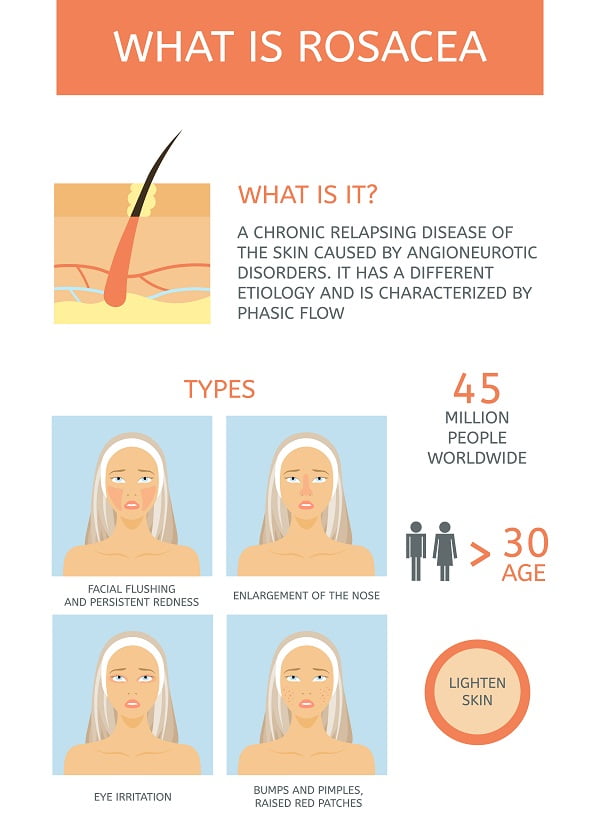
Rosacea is a relapsing condition. There are times when symptoms are extremely bad, but at other times the condition is less severe. These signs and symptoms of rosacea may flare up for a period of a few weeks to a few months. They will then go to return again after some time. The symptoms often appear in cycles.
Since the symptoms are similar, the disease is often mistaken for acne, allergic reactions or other skin problems.
Types of rosacea
There are several forms of rosacea such as these:
- Rosacea ETR – visible broken vessels, inflamed skin, dry and scaly skin
- Acne rosacea – acne-like breakouts, extremely red skin
- Ocular rosacea – watery eyes, itchy eyes, and diminished vision occurs
- Thickening rosacea – visible broken blood vessels and bumpy skin are common signs
Each rosacea sub-type may show different symptoms.
Who can be affected by rosacea?
Almost anyone can be affected by it. But it mostly affects middle-aged women with fair skin.
If you experience regular redness in your face, you should contact your doctor for a diagnosis and proper treatment.
Symptoms of rosacea
Common signs and symptoms are:
- Permanent redness in face
- Swollen red bumps
- Enlarged nose
- Burning and stinging sensation
- Small blood vessels getting visible in the skin
Read more about signs and symptoms of rosacea.
When to meet your doctor?
You should contact your doctor if the symptoms persist that could possibly be due to rosacea. An early diagnosis and treatment of the condition can help it getting worse.
Your doctor will examine your skin and review your symptoms to draft a treatment plan for you. He or she will try to identify if there are certain triggers that make the condition worse.
Can rosacea be treated?
There’s currently no cure for rosacea but treatments can help control the disease and ease the symptoms.
Long-term treatment is needed, although there are periods when symptoms improve and people usually stop the treatment assuming the condition is improved or cured. This can cause the symptoms to redevelop.
Common treatment options used by doctors are:
- Avoid triggers of the condition
- Application of gels and creams
- Medication in the form of capsules or tablets for oral consumption





